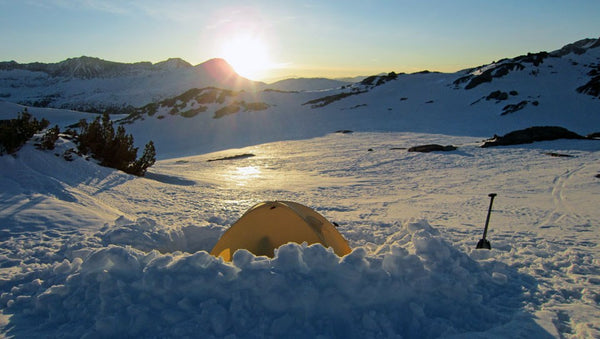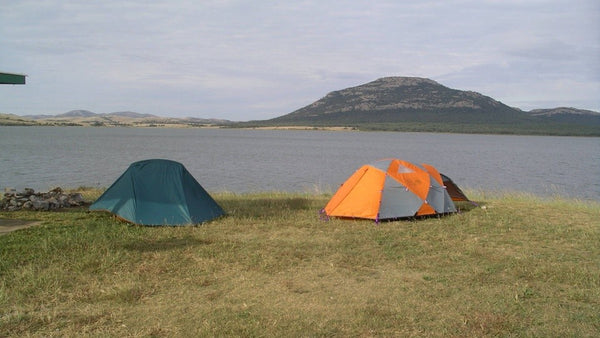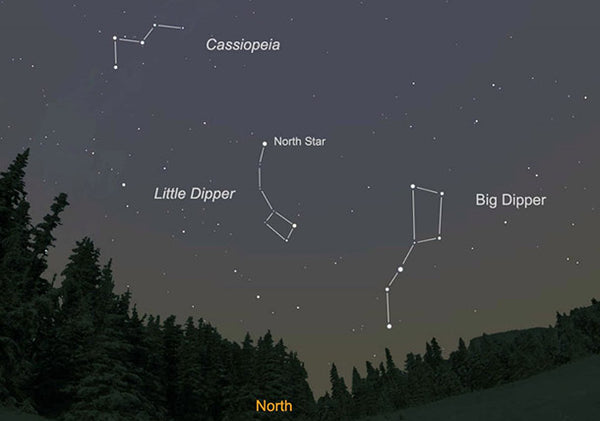LNT Tips: Canoeing/Canoe Tripping
Mastering the seven principles of Leave No Trace requires an understanding of how to adapt the ethics to any given scenario or outdoor activity. Often, you’ll find that certain trips will benefit from LNT skills practiced on other kinds of outdoor excursions, as well as demanding their own specific impact reduction practices. A canoe trip may fall into this class of multifaceted LNT outing – it might require hiking LNT and camping LNT in addition to some new considerations unique to waterborne travel. Luckily, water itself is a durable surface, so at least one of the principles becomes a bit easier to follow. But this doesn’t mean minimal-impact canoeing is always easy. Review this list of practical LNT canoeing tips to ensure that you leave lakes and rivers as blue as they were before you went out for a paddle. Here’s one tip upfront: in reading on, you’re already following the first principle – increasing your familiarity with LNT practices is an important part of planning and preparing!
If you haven’t already reviewed the seven principles of Leave No Trace and learned how they benefit natural environments and the people (like you) who enjoy them, start here and familiarize yourself with the ethics. And if you’re staying overnight, make sure you remember to follow the LNT camping tips in addition to the canoeing-specific tips below –
Canoeing/Canoe Tripping LNT
Keep Your Canoe Clean. Wash the inside and outside of your canoe before you launch at the put-in and after your trip is complete. Additionally, check to make sure no organic matter is stuck to the bottom or inside of your boat at the beginning of a portage. This prevents the spread of invasive species, which are particularly easy to transport to and from riparian settings.
Avoid Crushing Aquatic Vegetation. Don’t steamroll through the reeds just for fun – stick to the open water. Pull your canoe up on sandy and rocky shores in lieu of vegetated banks or areas which might be particularly vulnerable to erosion.
Camp At Least 200 Feet From The Water. This is a camping specific tip, but it is particularly easy to lose track of on canoe trips, where water is everywhere. Be particularly conscious of keeping cooking waste and human waste a safe distance away from the water.
Don’t Feed Fish/Birds. Refrain from dispersing breadcrumbs, etc. This is part of respecting wildlife and leaving local ecosystems in their natural state.
Be Extra Careful Of Your Volume – noises and voices carry clearly over water. Take extra care to ensure you aren’t adding unnecessary pollution to the natural soundscape.
Pack Out Human Waste. If you aren’t camping at a maintained site with bathroom facilities, use a WAG bag to ensure that waste stays away from the water.
On your next canoe trip, take only pictures and leave only ripples. Any other LNT tips to share with fellow paddlers? Leave them in the comments below.
Leave a comment
Comments will be approved before showing up.
Also in News & Skills




Richard White II
Author